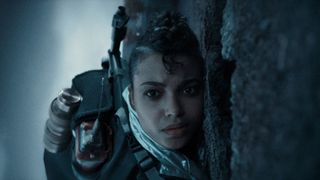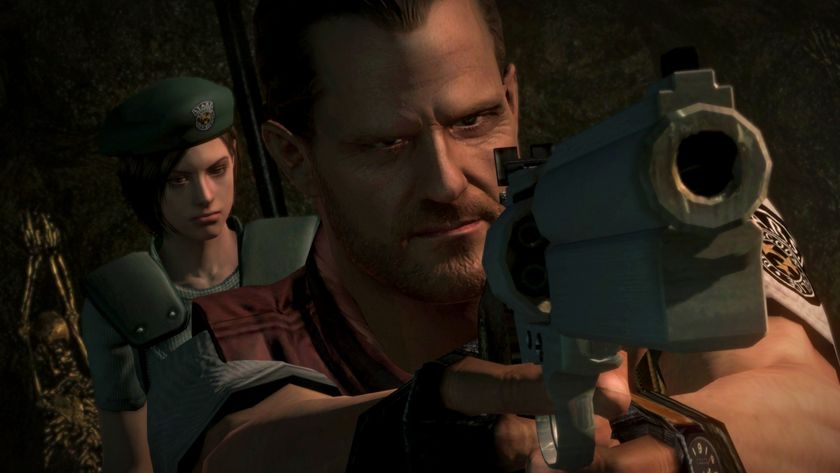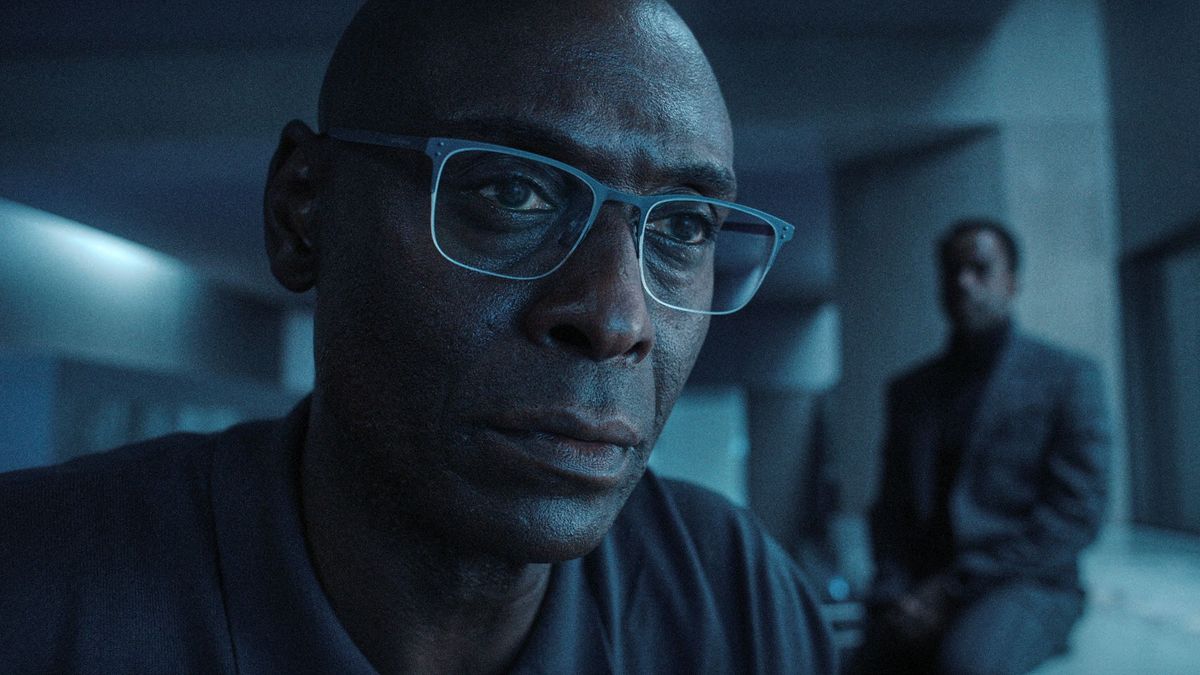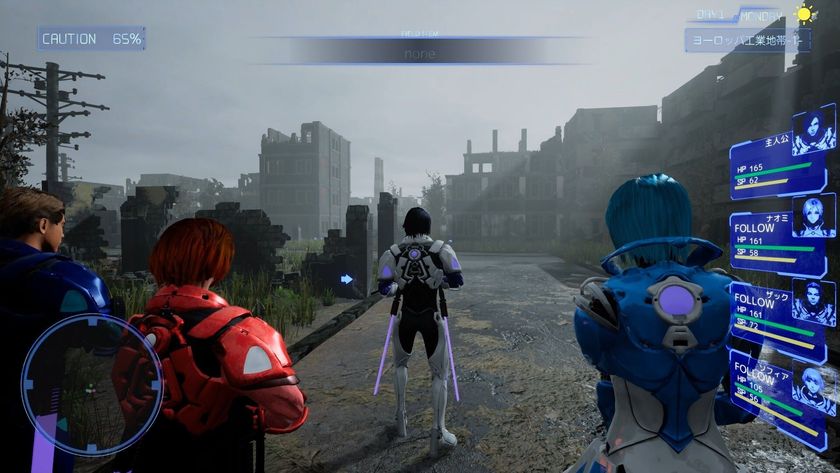12DOVE Verdict
Parts of Resident Evil’s twin timelines show promise, but it ultimately falters thanks to large chunks being dedicated to a sub-standard post-apocalyptic plot that’s been done better elsewhere.
Why you can trust 12DOVE
Adaptations of Resident Evil have a shaky history. Where Paul W.S. Anderson’s movie series fizzled out and last year’s big-screen reboot received a tepid response, a collection of CGI films – including a Netflix series – were handled better.
Unfortunately, the streamer’s new live-action Resident Evil series does little to rise above what’s come before; a show that falls apart thanks to questionable creative choices, inconsistent production values, and an odd reluctance to dip into the source material’s deep pool of lore and mythology.
Curiously, the Resident Evil Netflix series unravels across two time periods. The first takes place in 2022 and sees teenage twins Billie (Siena Agudong) and Jade Wesker (Tamara Smart) being moved to New Raccoon City to live with their father Albert Wesker (Lance Reddick), an alternate version of the sun-glass wearing antagonist from the games. The South African campus is home to shadowy pharmaceutical company Umbrella, and Albert – a decidedly absent dad – is working on new research in the bowels of the facility. Fourteen years later, on the other timeline, London is post-breakout – it’s the “end of the world” – and an older Jade (Ella Balinska) is conducting experiments on zombies (called ‘zeroes’ in this world) and struggling to survive while being hunted by Umbrella.
While 2022-era Resident Evil focuses on the twins’ growing pains as they get used to living with Umbrella, the 2036-set scenes see Jade navigating her way through a plodding maze of wobbly European accents, cheap-looking sets, and wheel-spinning plots. There is, inevitably, more action in the zombie-infested future, but, one prison break aside, these scenes are poorly composed and it’s difficult to make sense of what’s going on. A series of Lickers and a tunnel filled with spiders show early promise, but these moments are over all too quickly as the CGI budget seemingly disappears.
Besides those flashes of scares, it’s weirdly impressive just how low energy the 2036 scenes are. Any time the show builds momentum, it’s brought screeching to a halt by the future-set scenes. The series almost exclusively spends its time lurching from one interminably dull, uninspired set-piece to the next. All told, it’s a heavy, trudging exercise in how to lose an audience’s interest in record time.

The 2022 timeline, thankfully, is more engaging on both a visual and storytelling level. The sterile-white idyllic campus and blue-sky thinking of Umbrella echoes the itchy corporate unease found in the interiors of Lumon HQ in Apple’s sleeper hit Severance. In the closing moments of the premiere, a traumatic twist injects the series with some much-needed urgency, especially when it’s otherwise abundantly clear what connects the two time periods.
Umbrella’s slow unravelling as it prepares to introduce the mystery drug Joy (and Joy for Kids) onto the market also adds some tension. There’s hushed talk of an incident in Tijuana, while various botched animal experiments (yes, the games’ trademark zombie dogs show up) provide just enough scares for horror aficionados to be suitably gripped – when you can see it, that is. While pitch-dark television scenes are fast becoming the norm, some here are incredibly poorly lit and you’ll be left playing with your TV’s brightness settings. Not exactly a smooth viewing experience.
The Resident Evil Netflix series isn’t completely dead in the water after the first few episodes, however. In particular, Lance Reddick is frightfully chilling as Albert Wesker. A family man on the surface, he’s liable to flick a switch and intimidate others with a stern look and a handful of barbed, veiled threats – as demonstrated in one unsettling scene in which he defends Billie from a bully on Umbrella’s school grounds. He doesn’t quite mirror the Wesker from the games, but his clashes with Umbrella’s singular, progress-at-all-costs mentality is suitably menacing and makes him by far the most watchable character.
Tamara Smart, who plays the younger Jade, is another standout. The script paints her as a typical moody teenager, though Smart digs a little deeper to draw out the humanity behind her frustrations. Her and twin sister Billie’s relationship is endearing enough to at least provide an emotional anchor – something that is sorely lacking elsewhere.

Despite these performances, the premiere especially is guilty of introducing too much. Jade and Billie’s story is weighed down by a school drama sub-plot that's more in tune with the angsty teenage world of Pretty Little Liars. When they sneak around Umbrella’s labs at night it’s far more engrossing, these scenes proving that the show doesn’t quite know what tone it should settle on.
There’s also a frustrating restraint when it comes to using its Resident Evil DNA. Some elements from the games remain – such as Wesker, Umbrella, and the dreaded T-Virus – but the timeline (the Raccoon City Incident happened decades ago) means much of the lore is closed off. If you’re eager to see familiar characters like Leon, Claire, and Chris translate to live-action (again) you will be sorely disappointed. A one-to-one adaptation may not have been the best option, yet this alternative – a by-the-numbers post-apocalypse drama – is devoid of life next to Resident Evil’s gleefully over the top source material.
Resident Evil isn’t a good post-apocalyptic thriller. It’s not a terrifying hide-behind-the-sofa zombie-fest. It’s barely a Resident Evil show. At this early juncture – we were given the first four episodes for review – it’s hard to pinpoint what this show is. Should you avoid this like the plague? There are a few shining lights to keep you invested, but this joins the increasingly-packed bargain bin of flawed video game adaptations.
Resident Evil is streaming on Netflix from July 14. For more from the streamer, check out some of the best Netflix shows you can watch right now.
More info
| Genre | Horror |
| UK censor rating | "","","","" |
| Franchise name | Resident Evil |
| US censor rating | "Mature","Mature","Mature","Mature" |
| Platform | "PS4","PS3","Xbox One","Xbox 360" |
| UK franchise name | Resident Evil |
| Description | Help the S.T.A.R.S. team uncover the mystery behind the missing bravo team. |
| Release date | 1 January 1970 (US), 1 January 1970 (UK) |
I'm the Senior Entertainment Writer here at 12DOVE, focusing on news, features, and interviews with some of the biggest names in film and TV. On-site, you'll find me marveling at Marvel and providing analysis and room temperature takes on the newest films, Star Wars and, of course, anime. Outside of GR, I love getting lost in a good 100-hour JRPG, Warzone, and kicking back on the (virtual) field with Football Manager. My work has also been featured in OPM, FourFourTwo, and Game Revolution.

A new Resident Evil reboot movie is in the works with Barbarian's director at the helm, and it sounds like it'll be the first full-blown horror movie in the series' history

Former Resident Evil developers reveal new studio, teasing PC and Nintendo Switch release of their debut game, which couldn't look less like Resident Evil if it tried
Most Popular






